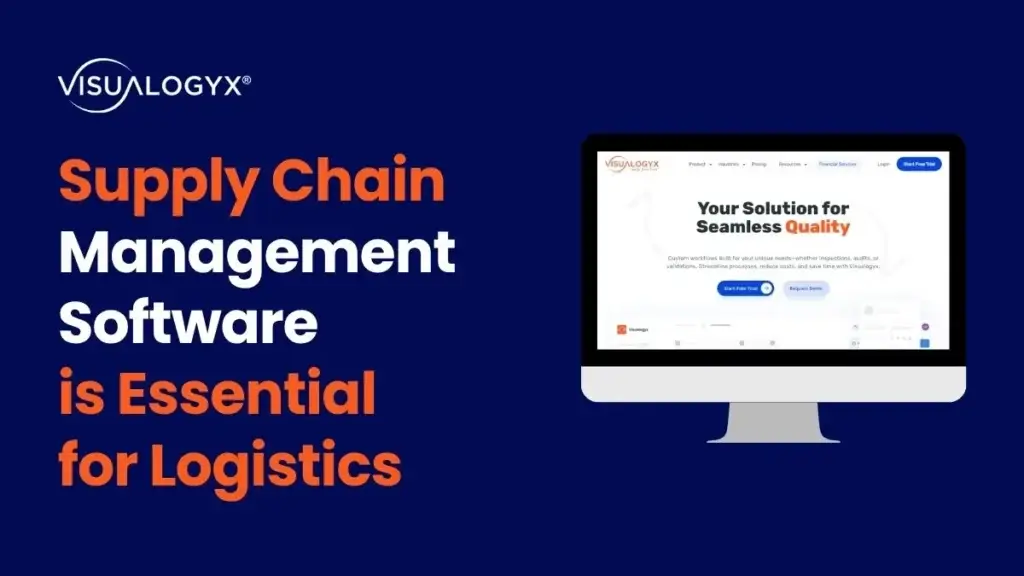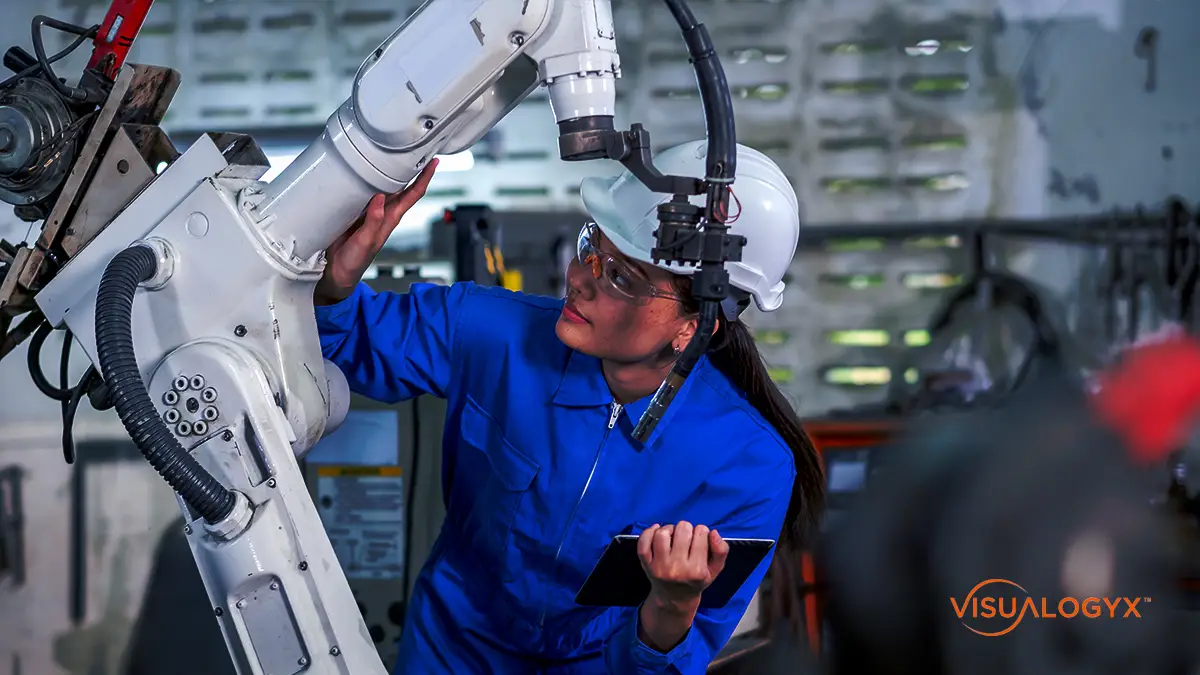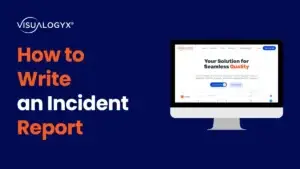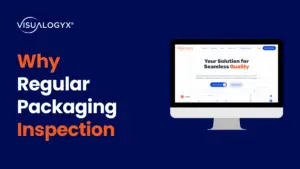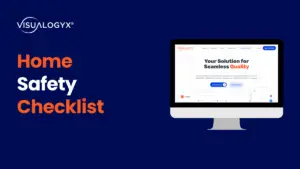Introduction
Due to the severe working conditions, intense usage, and technological intricacies involved, maintaining and extending the lifespan of industrial equipment involves numerous important obstacles. Among these difficulties are:
- Wear and strain: Continuous wear and tear on industrial equipment causes component deterioration and eventual failure. Moving parts, seals, bearings, and other important components are especially vulnerable.
- Corrosion and Erosion: Many industrial settings contain corrosive chemicals, high humidity, or abrasive materials, which can cause corrosion and erosion, lowering the operating efficiency and longevity of the equipment.
- Complexity: Modern industrial equipment is becoming increasingly complicated, with elaborate electronics, sensors, and control systems. Maintaining and troubleshooting these systems necessitates specific knowledge and abilities.
- Equipment malfunctions cause unscheduled downtime, resulting in production losses, missed deadlines, and financial losses. Maintaining profitability requires minimizing such downtime.
- Obsolete Parts: As technology improves, older equipment may experience difficulties in terms of replacement parts availability, making maintenance and repairs difficult.
- Regulatory Compliance: Regulatory standards and safety regulations are often enforced in industries. It can be difficult and time-consuming to ensure that equipment satisfies these criteria during its longer lifecycle.
Asset Inspection Software’s Role in Addressing Equipment Maintenance Issues:
- Predictive Maintenance: Uses sensors to monitor equipment health, forecast problems, and recommend preventive maintenance.
- Efficient Inspections: Provides a digital platform for real-time inspections, which reduces paperwork and mistakes while also speeding up the process.
- Decisions Based on Data: Collects and saves historical data for performance analysis, optimizing maintenance schedules, upgrades, and replacements.
- Compliance and documentation: Keeps thorough records for regulatory compliance, audits, and accountability.
- Workforce Empowerment: Provides technicians with consolidated information, instructions, and communication in order for them to do tasks consistently and efficiently.
- Lifespan Management: Manages the lifespan of equipment, including warranty tracking, service history, and retirement planning.
Understanding Asset Inspection Software
Asset Inspection Software is a specialized technical solution developed to make inspection, maintenance, and monitoring of diverse assets easier and more efficient, particularly in industrial settings. Its major goal is to improve operational efficiency, assure regulatory compliance, and increase equipment lifespan by enabling systematic and data-driven inspection processes.
In the industrial setting, the major goal of Asset Inspection Software is to provide a complete and effective solution for managing the inspection and maintenance of industrial assets such as machinery, equipment, infrastructure, and facilities. It provides businesses with tools and capabilities that allow them to:
Streamline Inspection processes: Asset Inspection Software digitizes and automates inspection operations, enabling standardization, real-time data gathering, and systematic inspection scheduling. This avoids manual mistakes, speeds up the process, and assures consistency.
Improve Documentation: The program offers a consolidated platform for recording inspection data, results, photographs, and other pertinent information. This digital documentation enhances inspection record accuracy, traceability, and accessibility.
Simplify Reporting: Based on the data collected, Asset Inspection Software provides complete and customizable inspection reports. These reports are simple to share with stakeholders, regulators, or management, allowing for more open communication and decision-making.
Enable Data-Driven Decisions: The program assists companies in identifying trends, patterns, and areas of concern by collecting and analyzing previous inspection data. This data assists in making educated decisions about maintenance plans, equipment improvements, and budget allocation.
Key Benefits of Asset Inspection Software for Longevity
Early Detection of Potential Issues
Regular inspections facilitated by Asset Inspection Software enable the early detection of potential problems in industrial equipment. By regularly assessing the condition of equipment and analyzing data from sensors, the software can identify signs of wear, damage, or non-conformities. Detecting issues early allows for timely intervention before they develop into critical problems that could lead to equipment failure or extensive damage.
Preventing Minor Problems from Escalating
Timely maintenance is crucial in preventing minor issues from escalating into major breakdowns. Asset Inspection Software assists in scheduling and tracking routine maintenance tasks. When potential problems are identified during inspections, maintenance actions can be promptly taken to address them. This prevents small issues from worsening over time, minimizing the risk of unexpected breakdowns and costly downtime.
Extending Equipment Lifespan
Scheduled inspections and maintenance activities contribute significantly to extending the overall lifespan of industrial equipment. Regular upkeep helps prevent premature wear and deterioration of components. By addressing wear and tear, replacing worn parts, and optimizing performance, equipment can remain functional and productive for a longer period. This extends the return on investment and postpones the need for expensive replacements.
Gathering Evidence for Warranty Claims
Asset Inspection Software plays a crucial role in gathering evidence for warranty claims. In case of equipment malfunction or failure covered by warranties, having a comprehensive record of inspections, maintenance activities, and repairs performed using the software can provide evidence to support warranty claims. This ensures that manufacturers or suppliers honor their warranty commitments, reducing financial burdens on the organization.
Documenting Historical Maintenance for Business Cost Planning
Another key benefit of Asset Inspection Software is its capability to document the historical maintenance and repairs of equipment. By maintaining a digital record of all maintenance activities, organizations can track the costs associated with upkeep over time. This information is valuable for budgeting, cost analysis, and long-term business planning. It provides insights into the financial aspects of equipment maintenance and aids in making informed decisions about repair versus replacement.
Asset Inspection Software Features and Functionalities
Checklist Creation and Customization
Asset Inspection Software enables users to design and configure inspection checklists depending on the unique needs of various pieces of equipment or assets. This feature guarantees that inspections are conducted in accordance with established protocols and cover all essential elements of asset condition. Adding or altering checklist items, establishing inspection intervals, and implementing industry-specific requirements are all examples of customization.
Data Collection Through Media
The program allows users to collect various forms of media during inspections, such as images, videos, and notes. These media improve the inspection process by giving visual proof of asset condition. Photos and videos can be used to highlight areas of concern, faults, or abnormalities, providing a complete picture of the asset’s condition.
Implementing Asset Inspection Software: Step-by-Step Guide Provide a step-by-step guide on how to integrate Asset Inspection Software into existing workflows. Include instructions for setting up inspection schedules, assigning tasks, and tracking progress. Highlight the importance of training employees to effectively use the software.
Implementing Asset Inspection Software: Step-by-Step Guide
Step 1: Needs Assessment and Selection
- Identify your organization’s specific needs and goals for implementing Asset Inspection Software.
- Research and evaluate different software solutions to choose the one that aligns best with your requirements.
Step 2: Planning and Preparation
- Create a detailed implementation plan that outlines the timeline, roles and responsibilities, and resources needed.
- Gather information about existing assets, inspection procedures, and maintenance schedules.
Step 3: Software Configuration
- Install and set up the chosen Asset Inspection Software according to the vendor’s guidelines.
- Customize the software to reflect your organization’s inspection checklists, asset information, and reporting requirements.
Step 4: Data Input and Asset Setup
- Input asset information into the software, including equipment specifications, maintenance history, and inspection frequencies.
- Define and configure inspection checklists for different types of assets.
Step 5: Inspection Scheduling and Assignment
- Set up inspection schedules based on recommended frequencies and regulatory requirements.
- Assign inspection tasks to specific employees or teams responsible for asset management.
Step 6: Task Execution
- Train employees on how to use the software effectively for inspections, data capture, and reporting.
- Provide clear instructions on accessing and completing assigned tasks within the software.
Step 7: Data Capture and Reporting
- Instruct inspectors to perform inspections using the software, capturing data, photos, videos, and notes as needed.
- Review the captured data to ensure accuracy and completeness.
Step 8: Progress Tracking and Notifications
- Monitor the progress of ongoing inspections through the software’s dashboard or reporting features.
- Set up automated notifications or reminders for upcoming inspections to ensure timely execution.
Step 9: Data Analysis and Decision-Making
- Analyze collected inspection data to identify trends, patterns, and potential issues.
- Use the insights gained to make informed decisions about maintenance strategies and equipment upgrades.
Step 10: Employee Training
- Provide comprehensive training to employees on how to use the software effectively.
- Cover topics such as navigating the software, conducting inspections, capturing data, and generating reports.
Step 11: Continuous Improvement
- Regularly review the software’s performance and its alignment with your organization’s goals.
- Gather feedback from employees using the software and make necessary adjustments to improve its usability and functionality.
Step 12: Documentation and Integration
- Document the entire implementation process, including configuration settings, training materials, and user guides.
- Integrate the Asset Inspection Software into your existing asset management and maintenance workflows.
Conclusion
To say the least, Asset Inspection Software is critical in increasing the lifespan of industrial equipment. Predictive maintenance, faster inspections, and data-driven insights help you avoid breakdowns, optimize maintenance, and maintain compliance. Businesses are being pushed to use this technology in order to enhance productivity, save money, and extend the life of their equipment.
